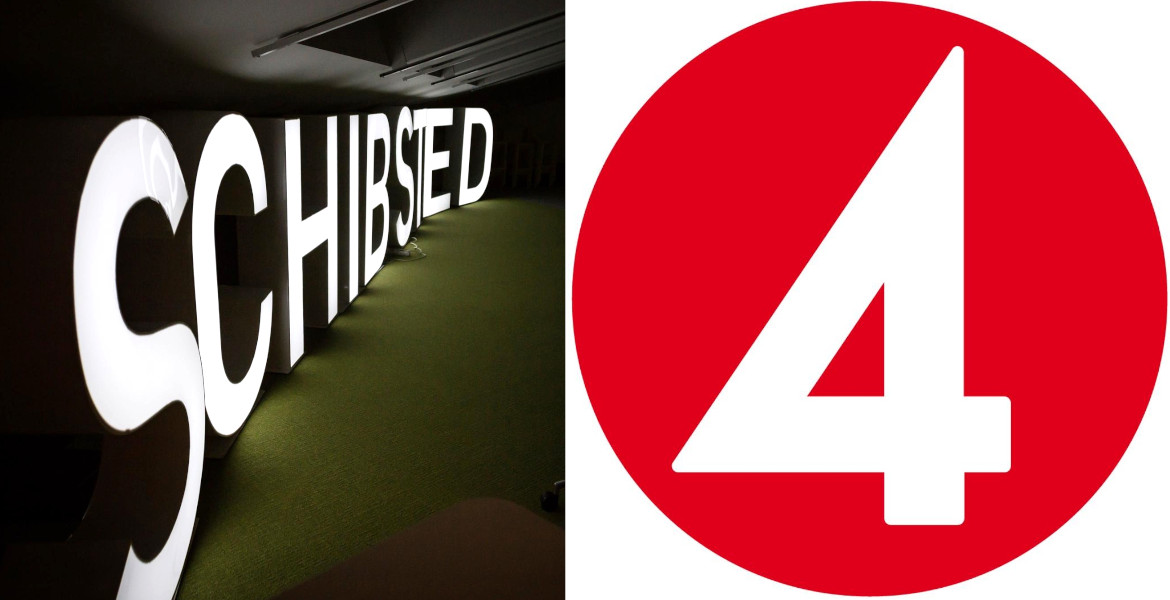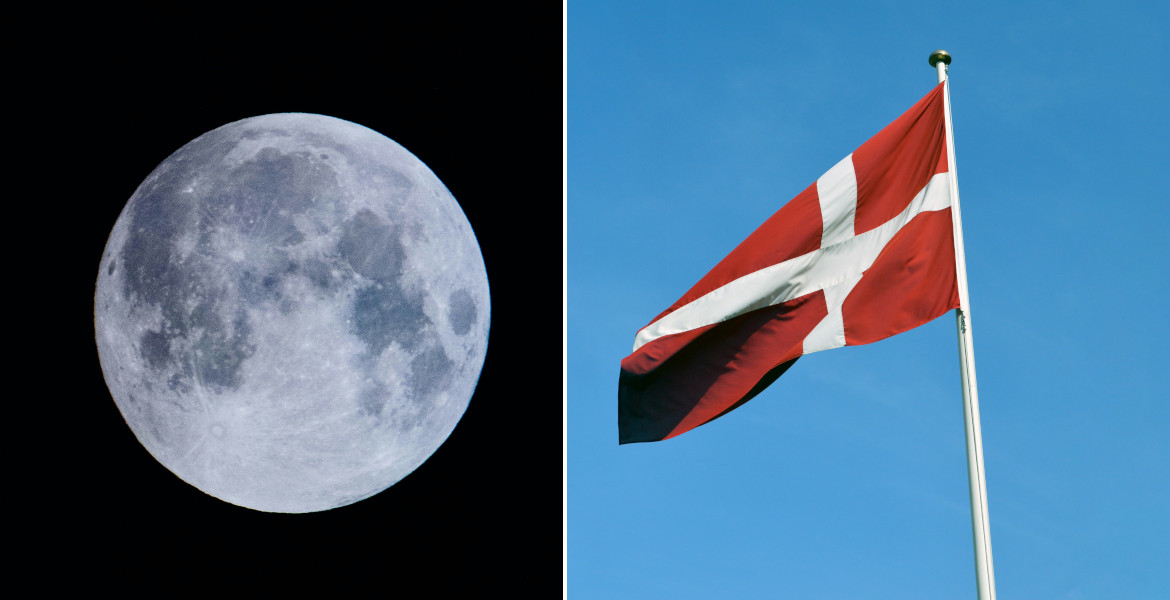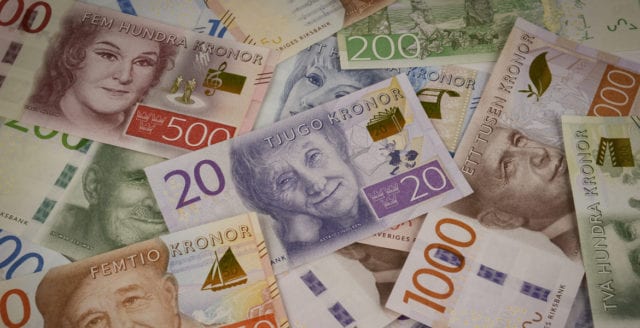Norwegian media group Schibsted buys Swedish TV4 and Finnish MTV. The company says the deal will strengthen "independent journalism" in both countries.
Schibsted is one of the largest media groups in the Nordic region and owns or co-owns a number of companies, including Aftonbladet, Svenska Dagbladet, Norwegian Aftenposten and TV2. The group also owns the loan site Lendo, the weather service Klart.se and the comparison site Prisjakt.
Schibsted has now reached an agreement to acquire both Swedish TV4 and Finnish MTV.
– Since Aftonbladet became part of Schibsted in 1996, we have been strongly committed to Sweden, making this a truly historic day for us. As competition in the media market intensifies, it is more important than ever to build complete and nationally anchored media positions with sufficient size and investment power to ensure editorial independence. This agreement marks a decisive step towards creating a leading Nordic media destination with strong independent media houses, said Siv Juvik Tveitnes, CEO of Schibsted Media in a press release.
"Fits our ambitions"
Schibsted already owns the Finnish online marketplaces Tori.fi and Oikotie.fi. The acquisition of MTV, one of Finland's most popular TV channels, is the company's first in the Finnish media market.
– MTV's strong position in the Finnish market and its attractive brands fit perfectly with our ambitions, and we look forward to contributing to the continued growth and development of news, sports and entertainment in Finland, says Juvik Tveitnes.
"Our democracies depend on independent journalism. That is our mission", Schibsted states in a press release.





